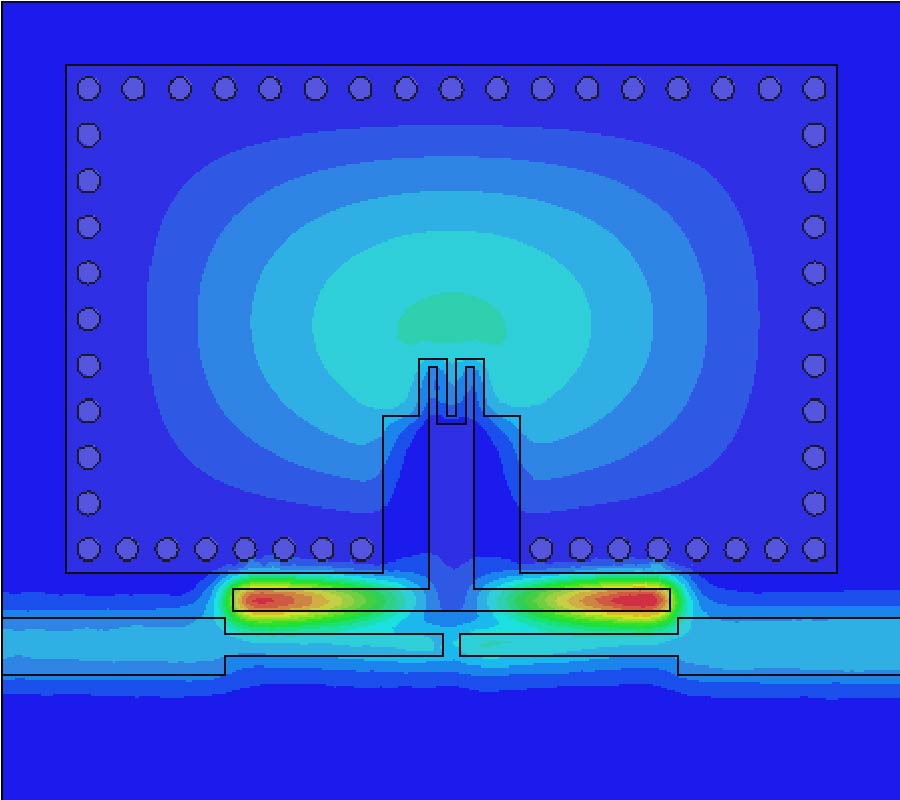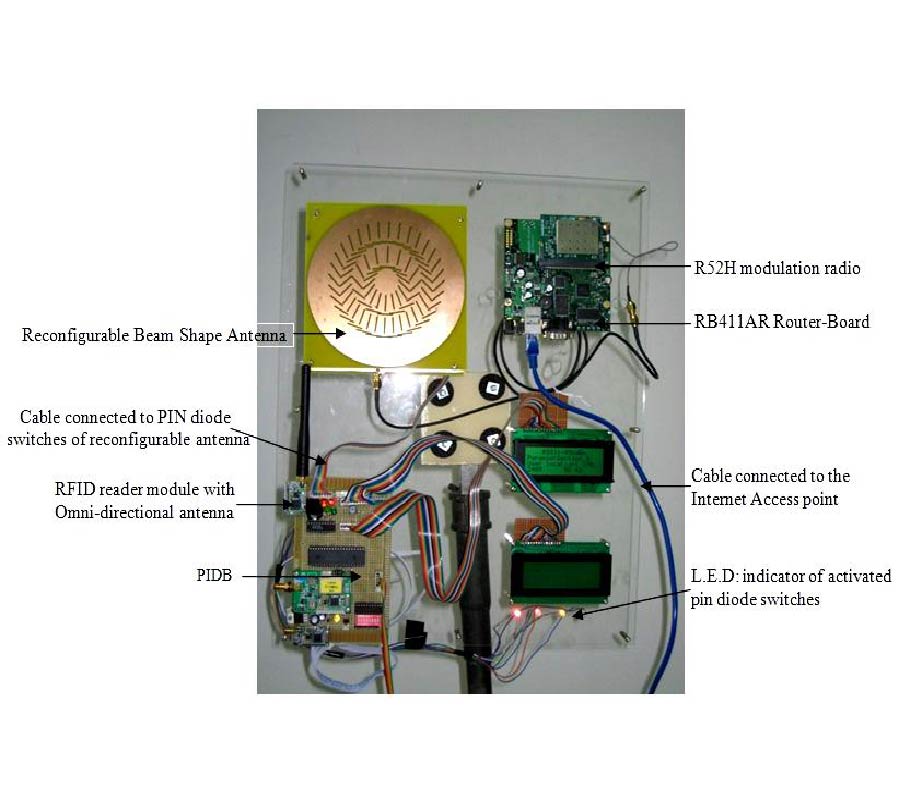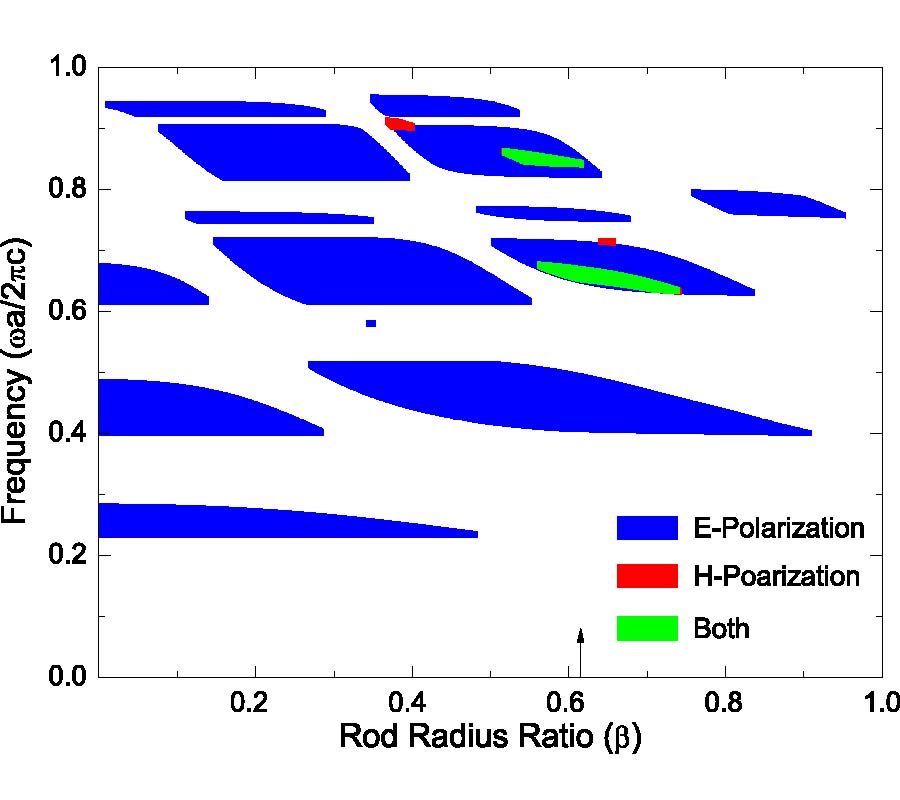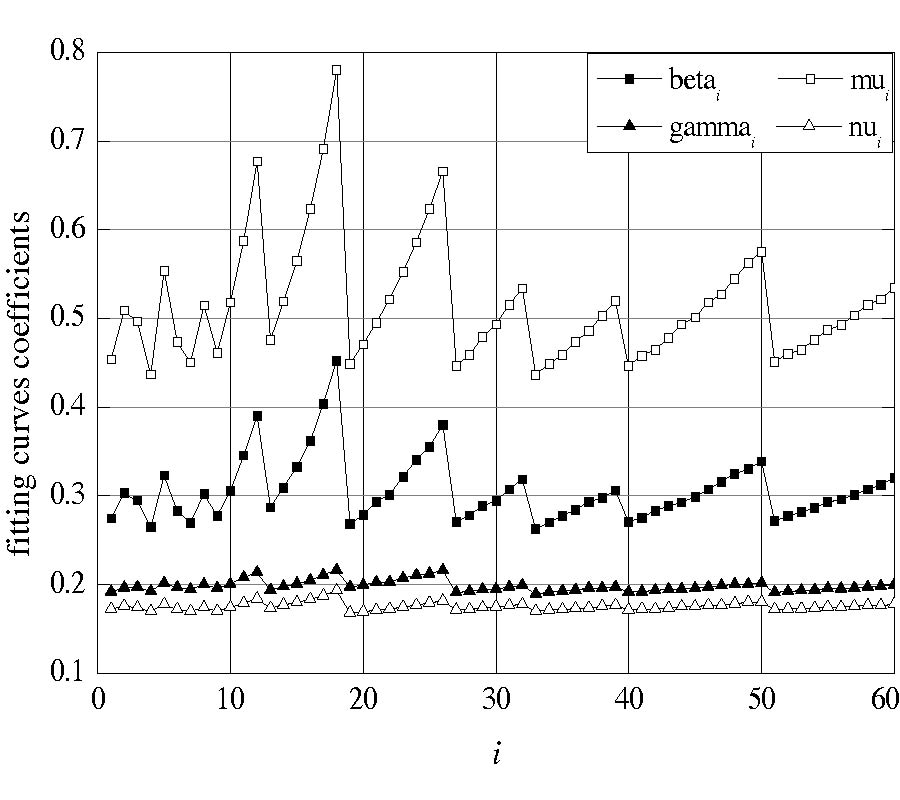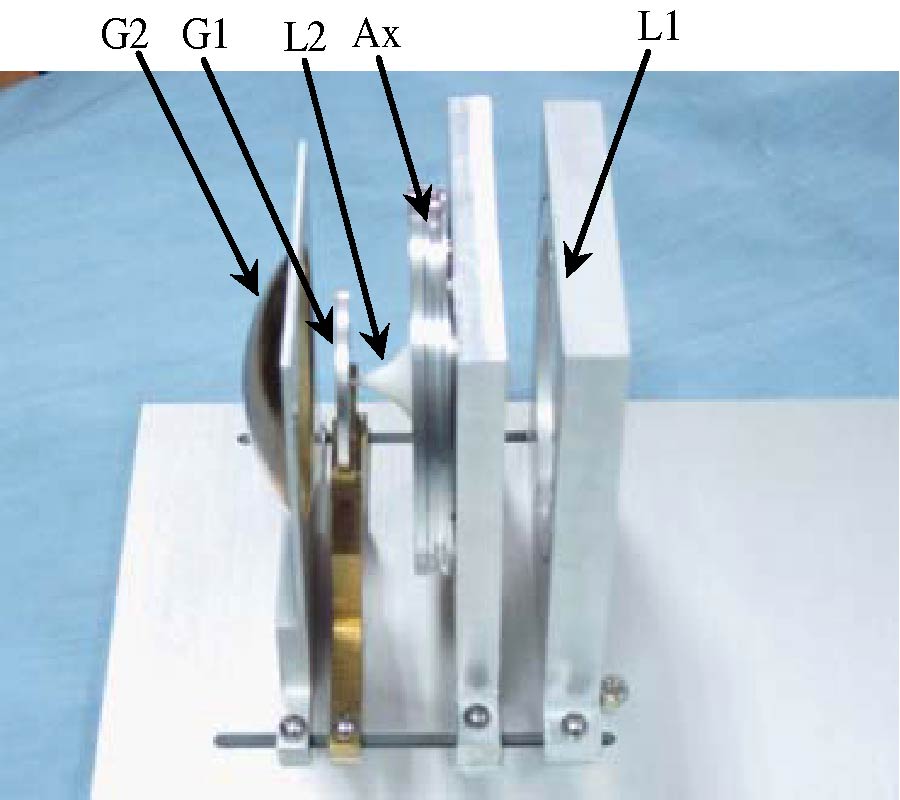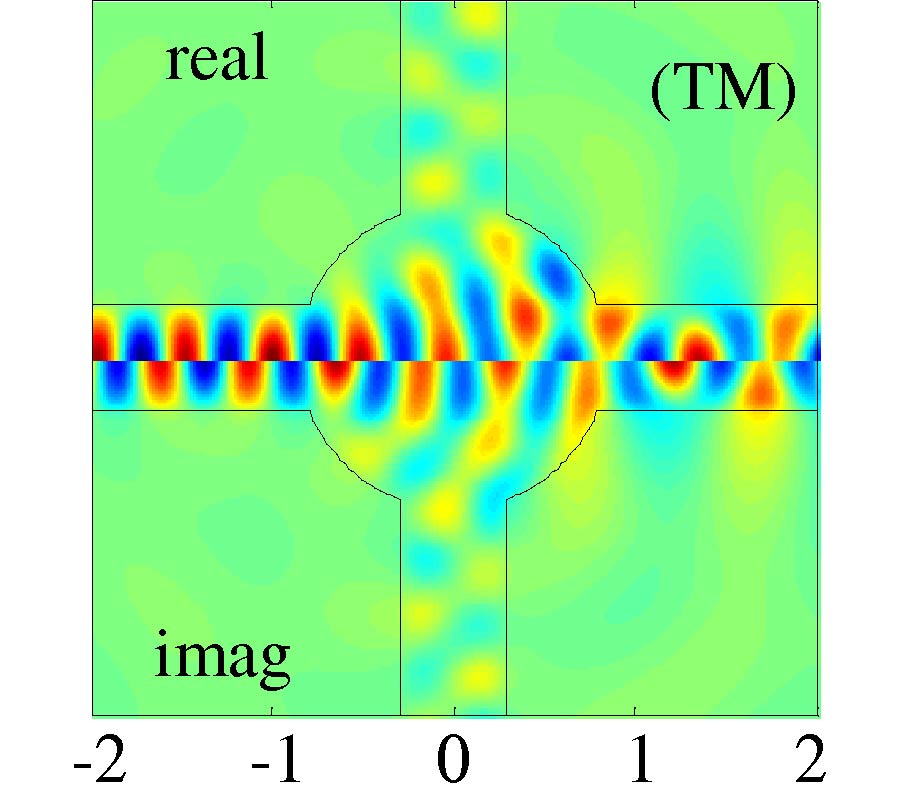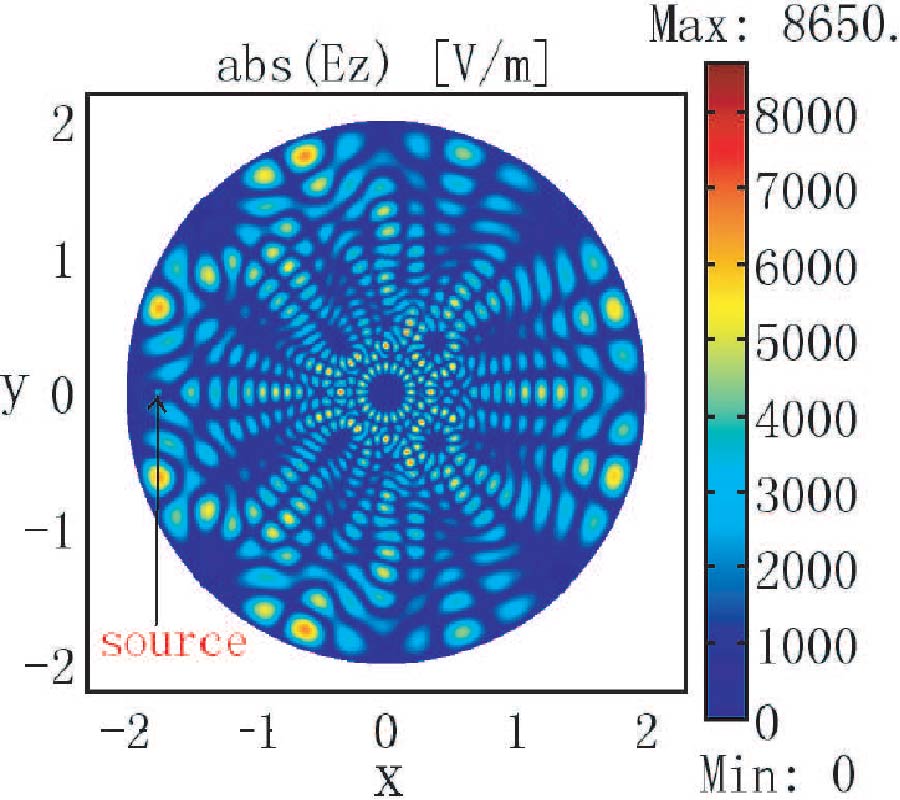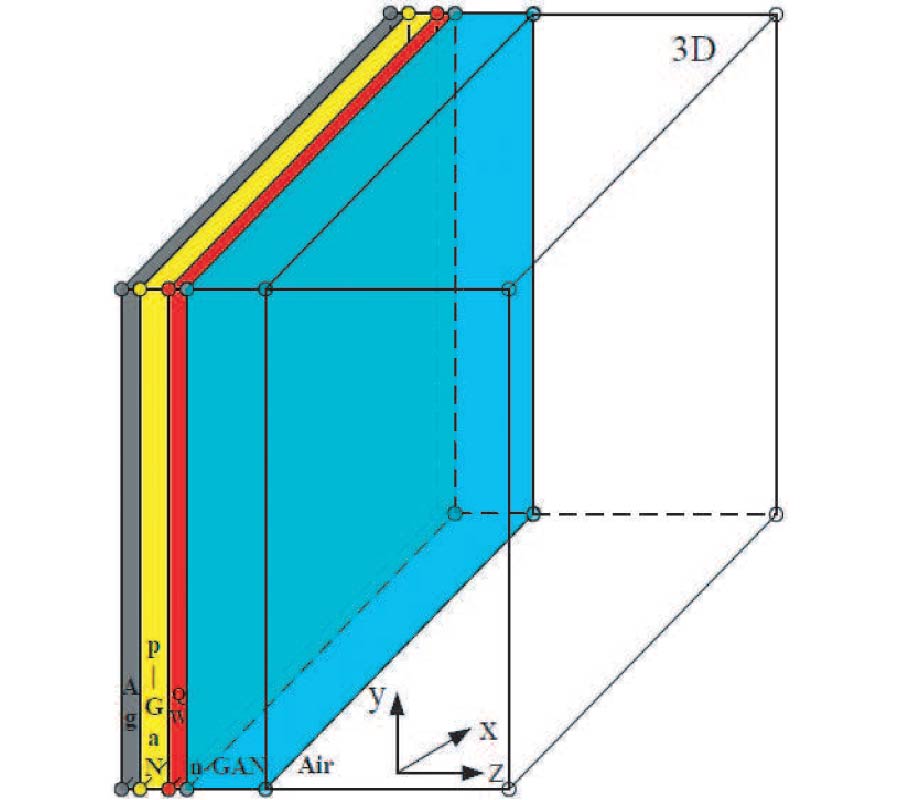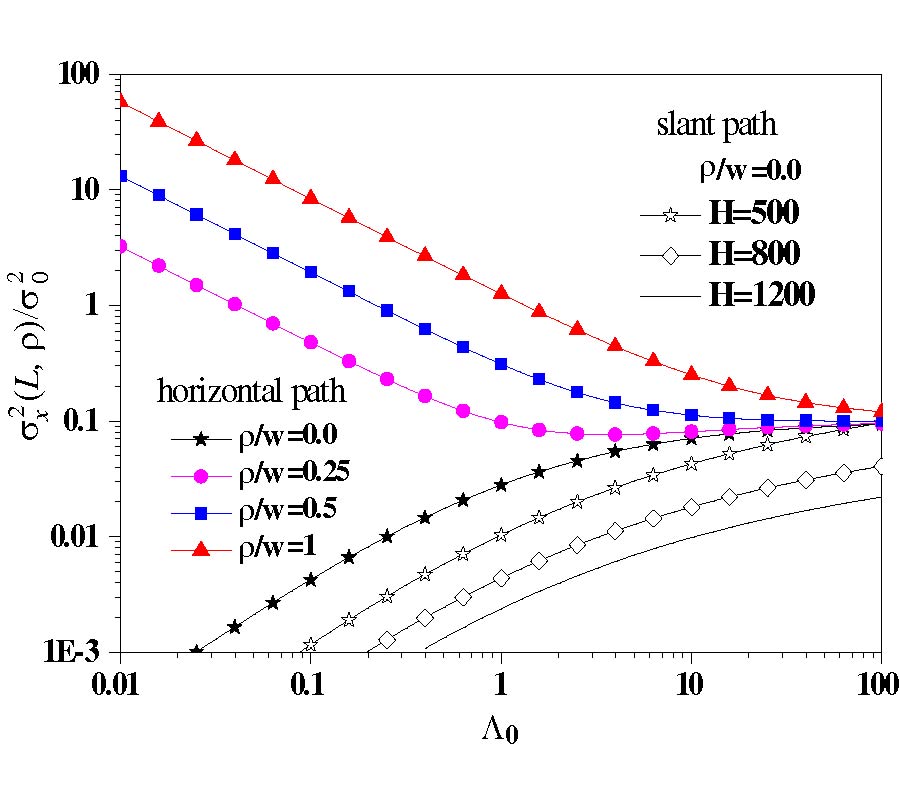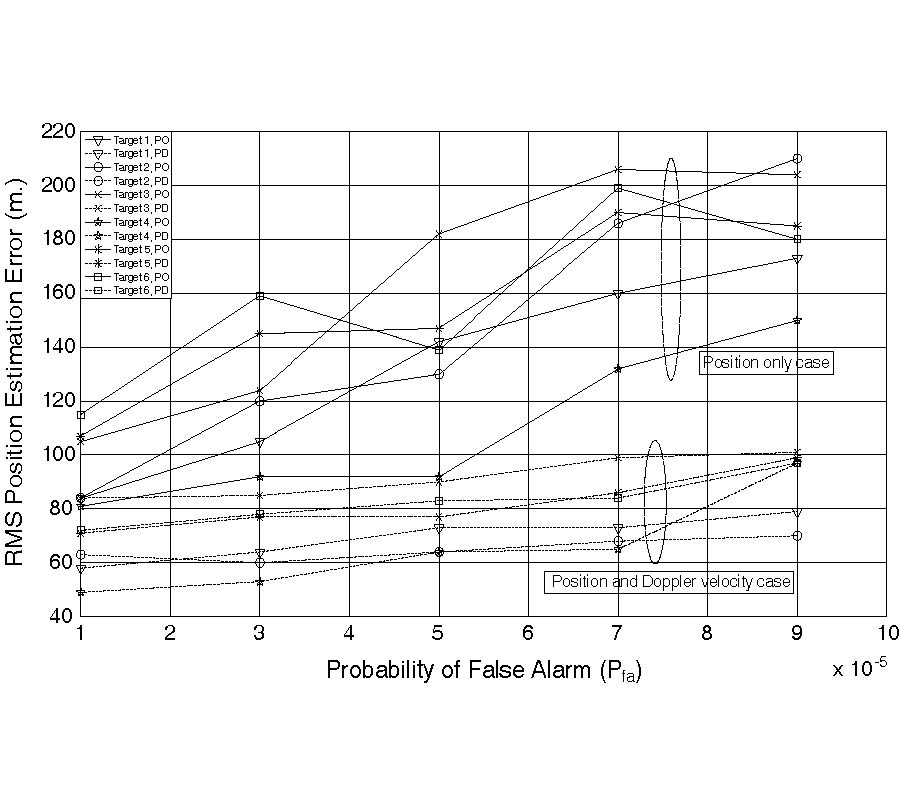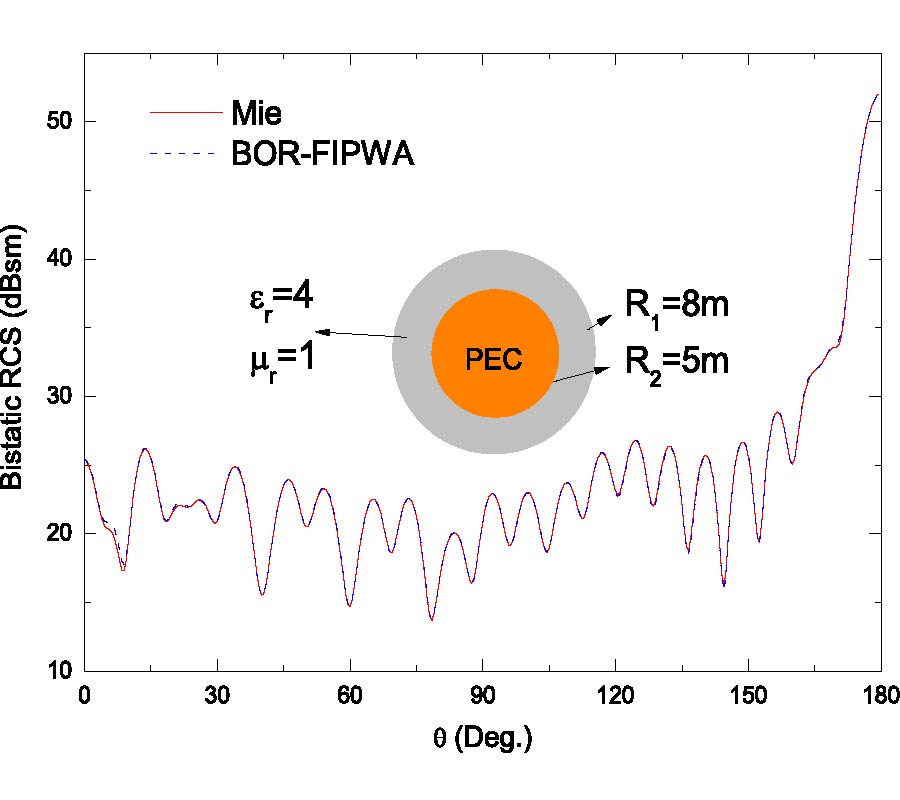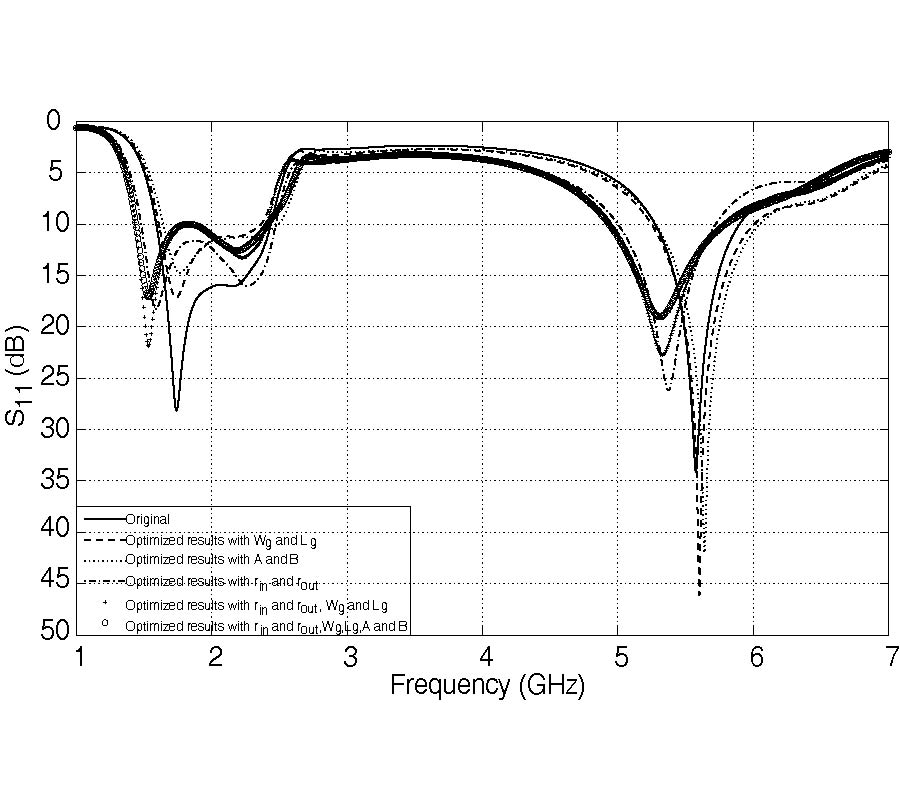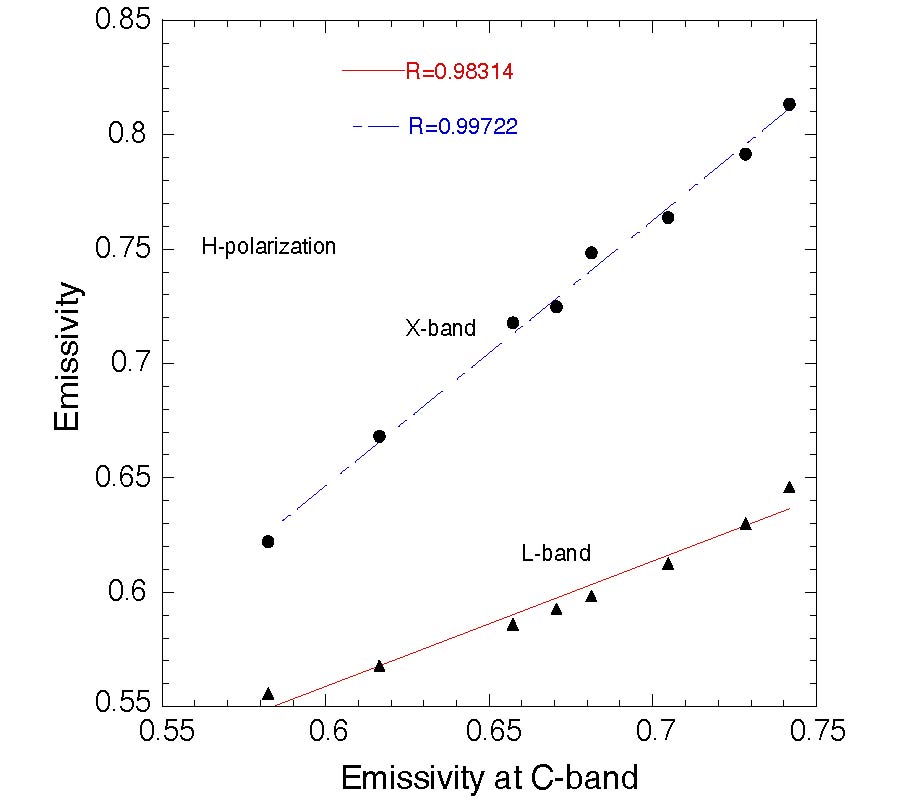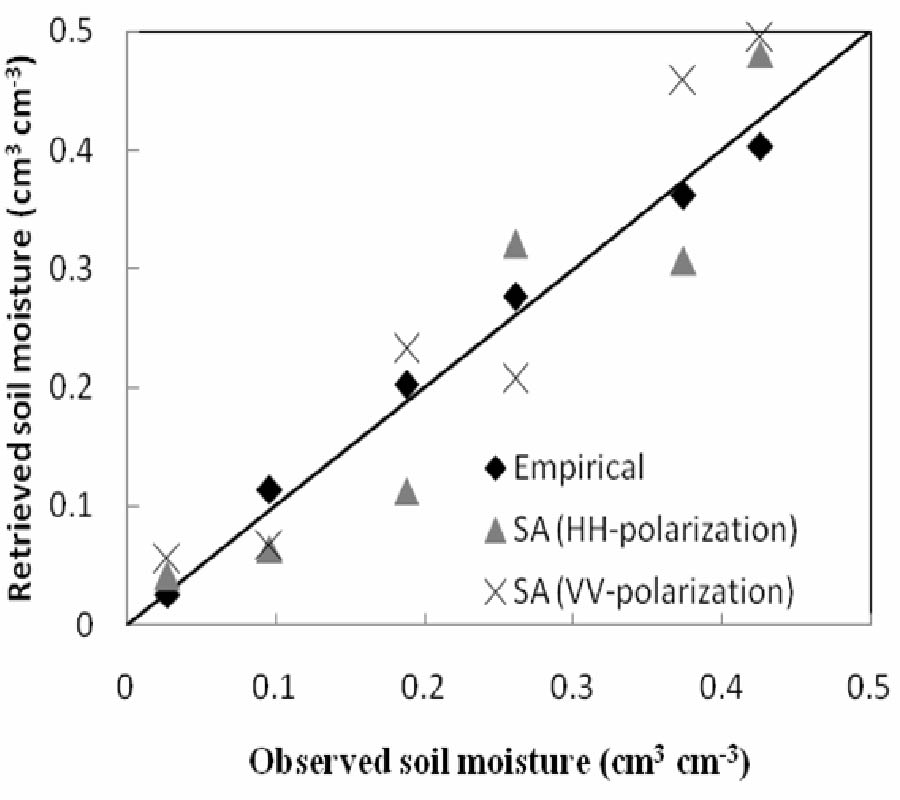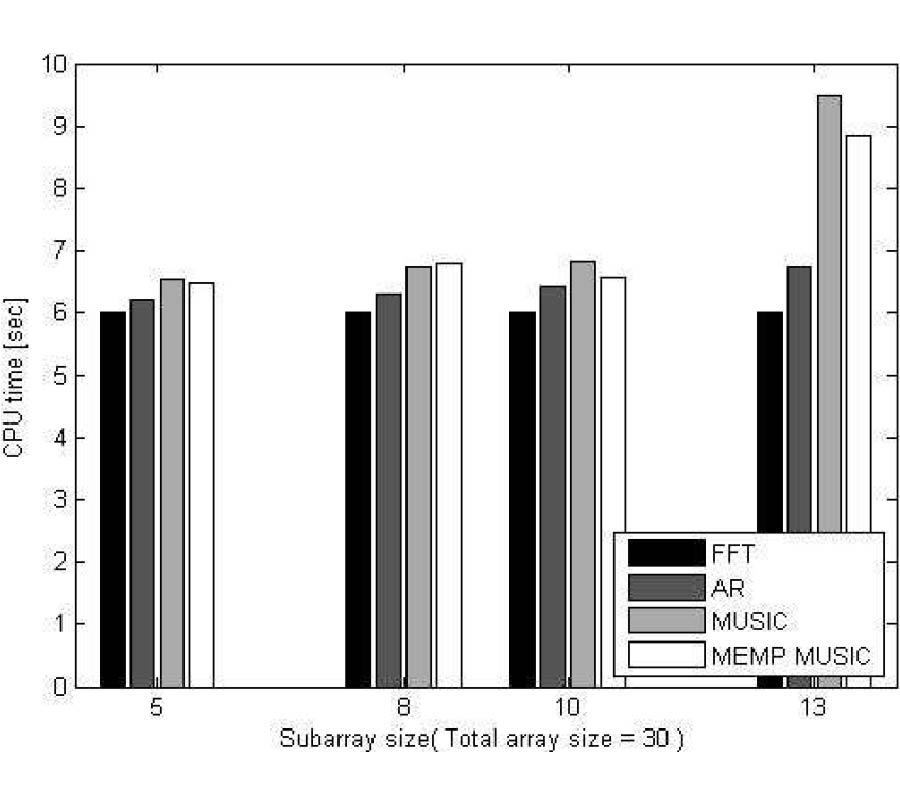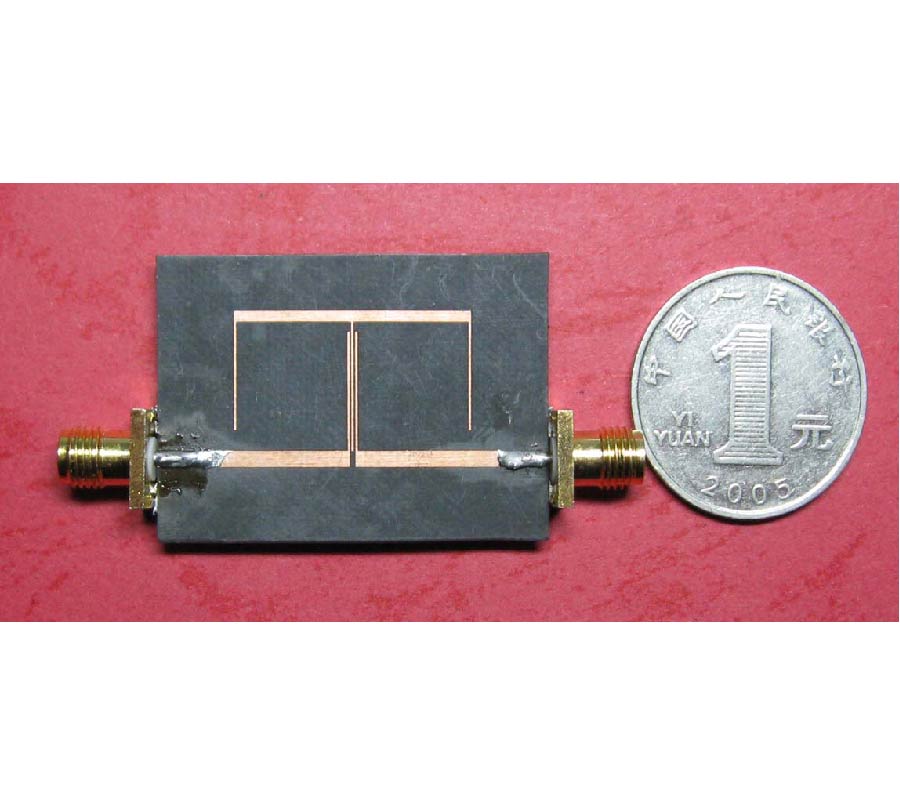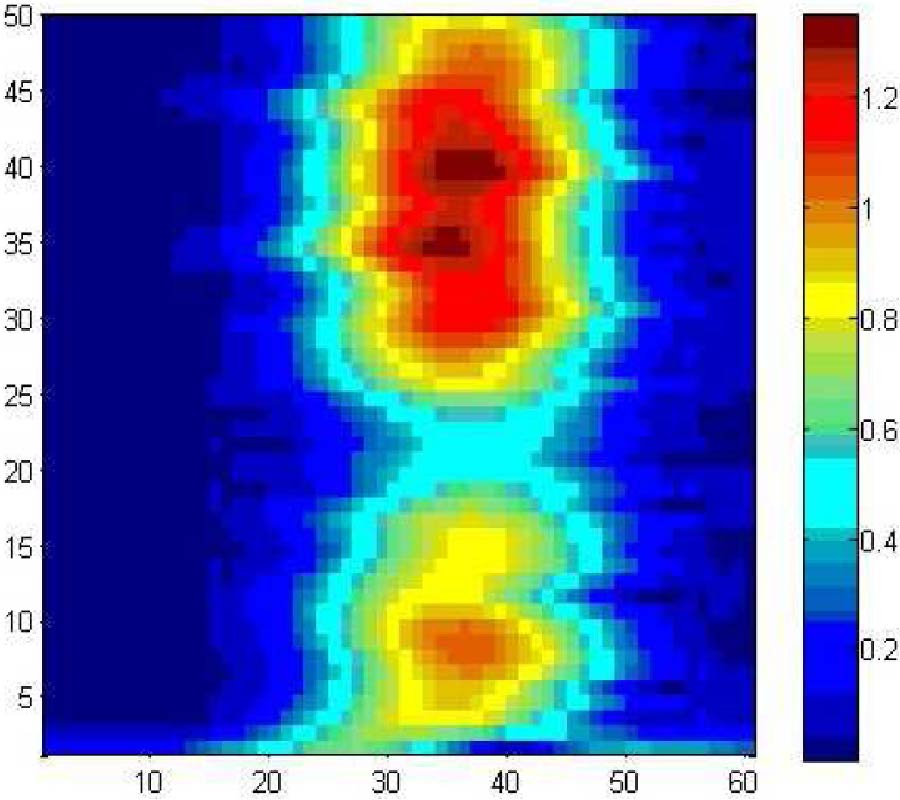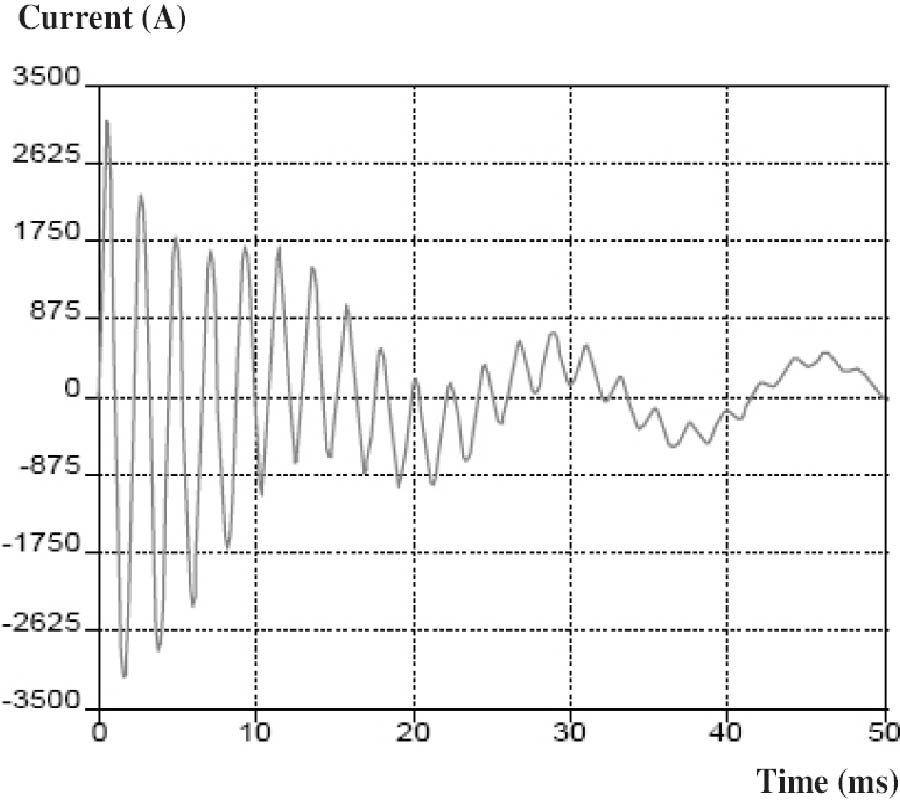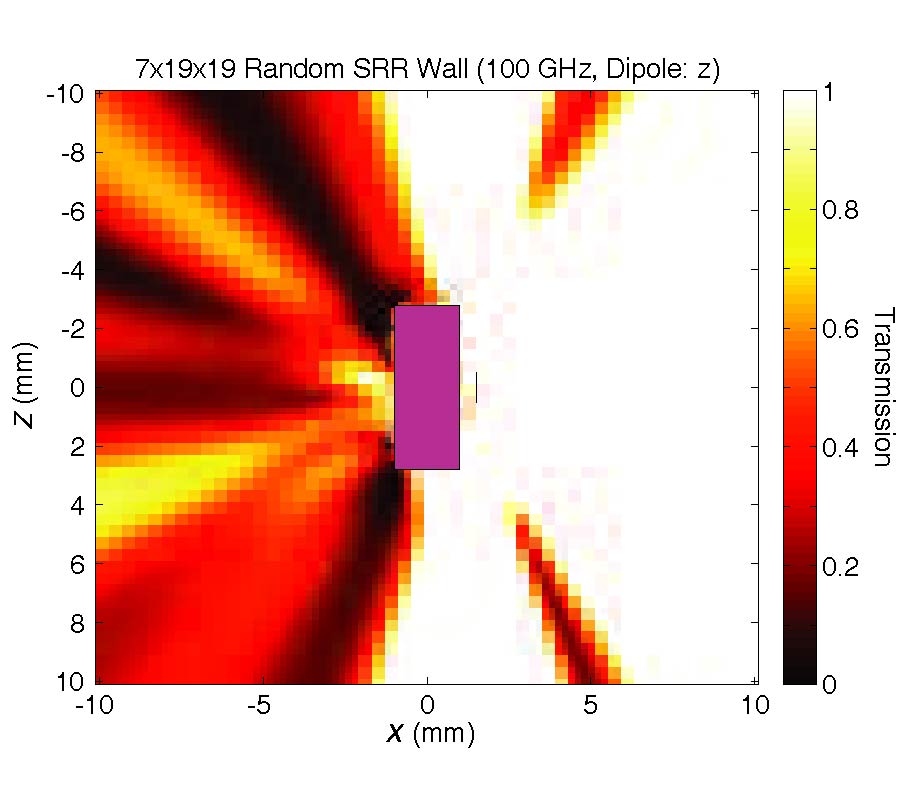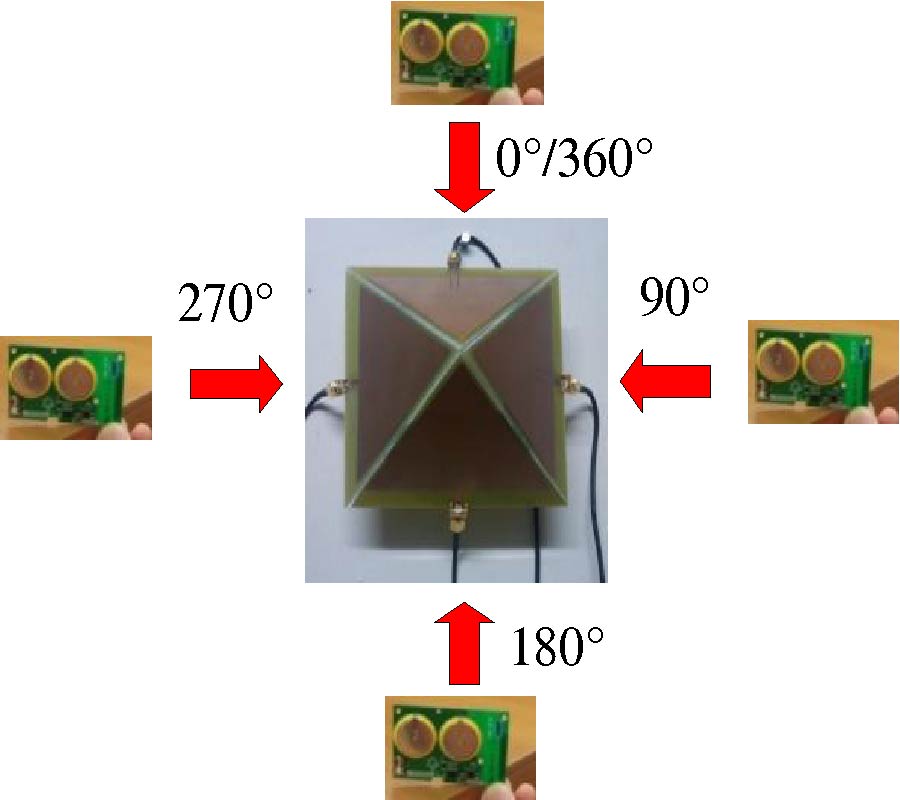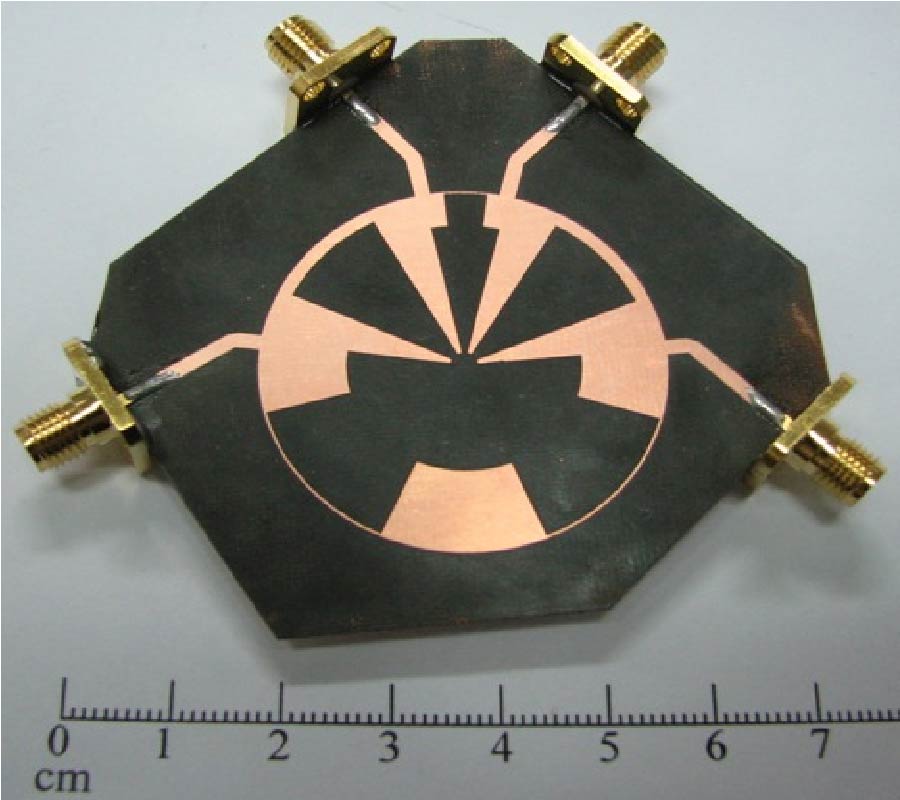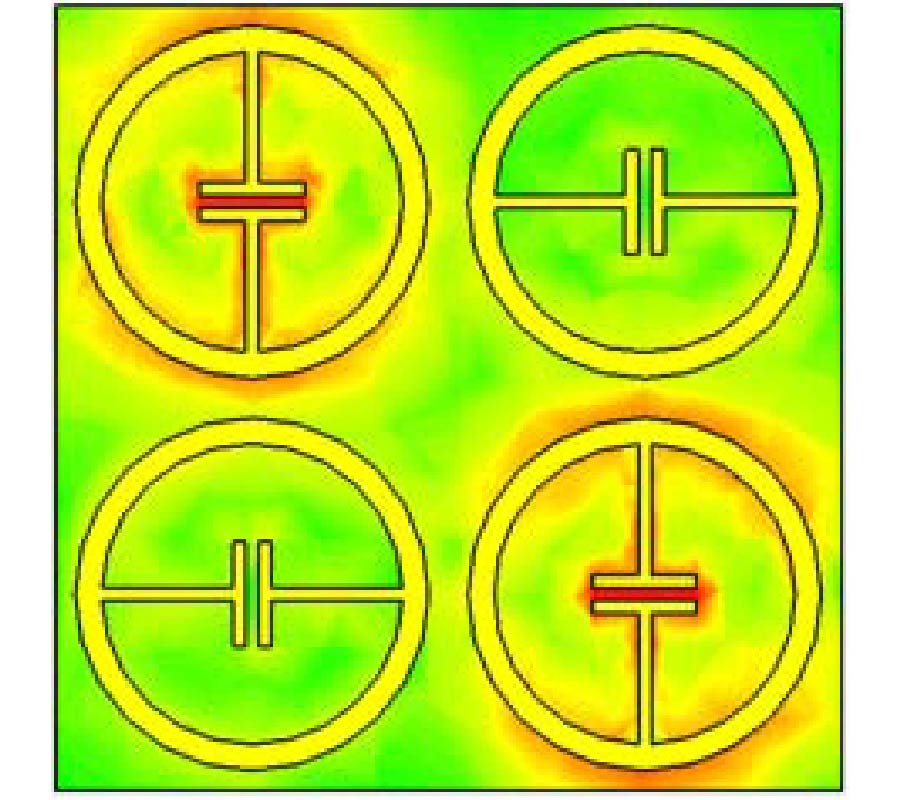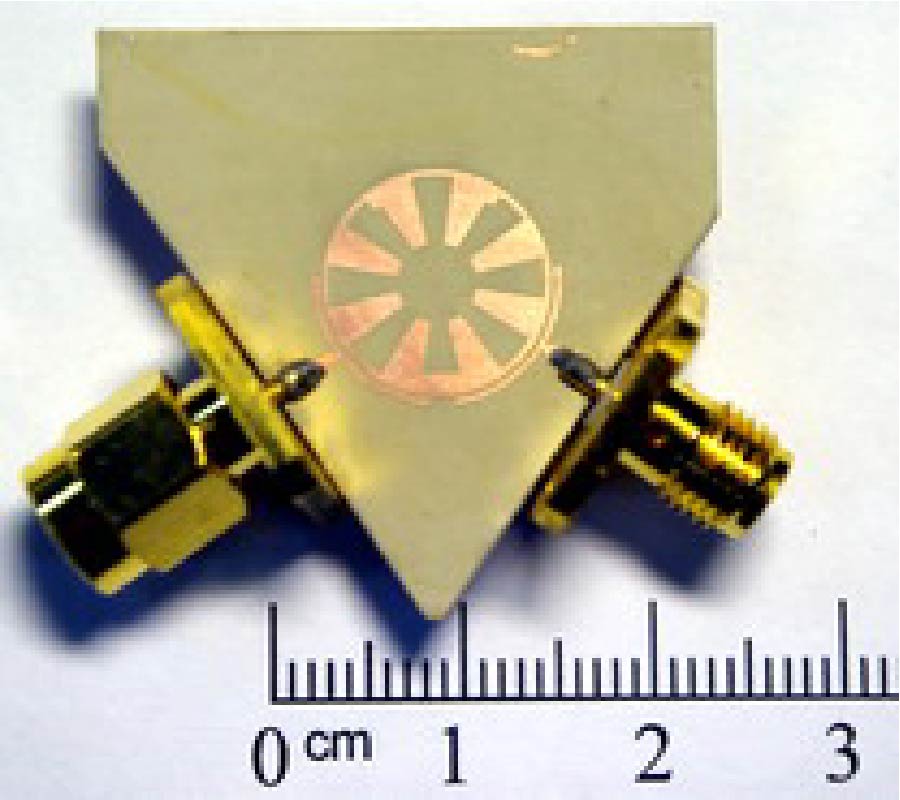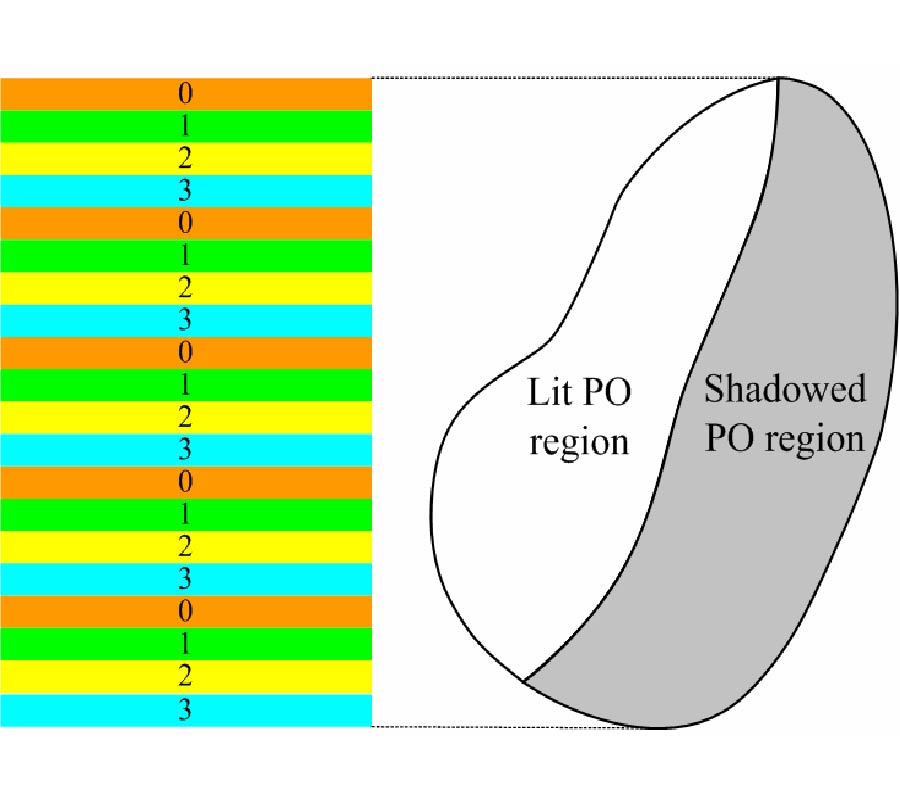Adaptive Beam Steering of RLSA Antenna with RFID Technology
Mohd Faizal Bin Jamlos
,
Tharek Bin Abdul Rahman
,
Muhammad Ramlee Kamarudin
,
P. Saad
,
Omar Abdul Aziz
and
M. Amir Shamsudin
A form of a novel adaptive antenna system that combines radio frequency identification (RFID) technology, programmable intelligent computer (PIC) microcontroller and reconfigurable beam steering antenna is proposed. Localization and adaptive response are the most challenging issues in smart antenna system. In this research, the localization technique relying on the received signal strength (RSS) signals has been done intensively where the capability of the RFID tag in producing certain level of signal strength has been exploited as a stimulator for the system to adaptively activate certain PIN diode switches of reconfigurable beam steering antenna. It is found that the detecting ability of the RSSI signals is extremely influenced by the 45°angle of the RFID reader's directive antenna. The combination of four 90°triangles which have 'adjacent' and 'opposite' angle of 45°forming pyramid antenna which has four sections; 1, 2, 3 and 4 enable the RFID readers to receive the RSS signals from the angles of 0°/360°, 90°, 180°and 270°respectively. When the RFID tag is directly facing a certain section, certain RSS signals will 'flow' from particular section into their respected RFID readers to automatically detect the range and angles' location of the RFID tag through the input ports of PIC microcontroller: A1, A4, C4 and C7. The PIN diode switches of the reconfigurable beam steering antenna are then activated by the output ports of PIC microcontroller: B0 up to B4, to steer the beam adaptively towards the RFID tag at four different angles: 0°/360°, 90°, 180°, and 270°according to the algorithm programmed in the microcontroller. It is found that the Ground Reflection (Two-Ray) propagation model is very crucial in determining the projection and height of reconfigurable antenna to efficiently cover the scattered measurement points of 1 up to 10 at four angles with different ranges of distance. The proposed antenna has a great potential in realizing the new smart antenna system replacing the conventional adaptive array antenna and Wimax application.
